Private vs. Commercial Flying: What’s the Difference?
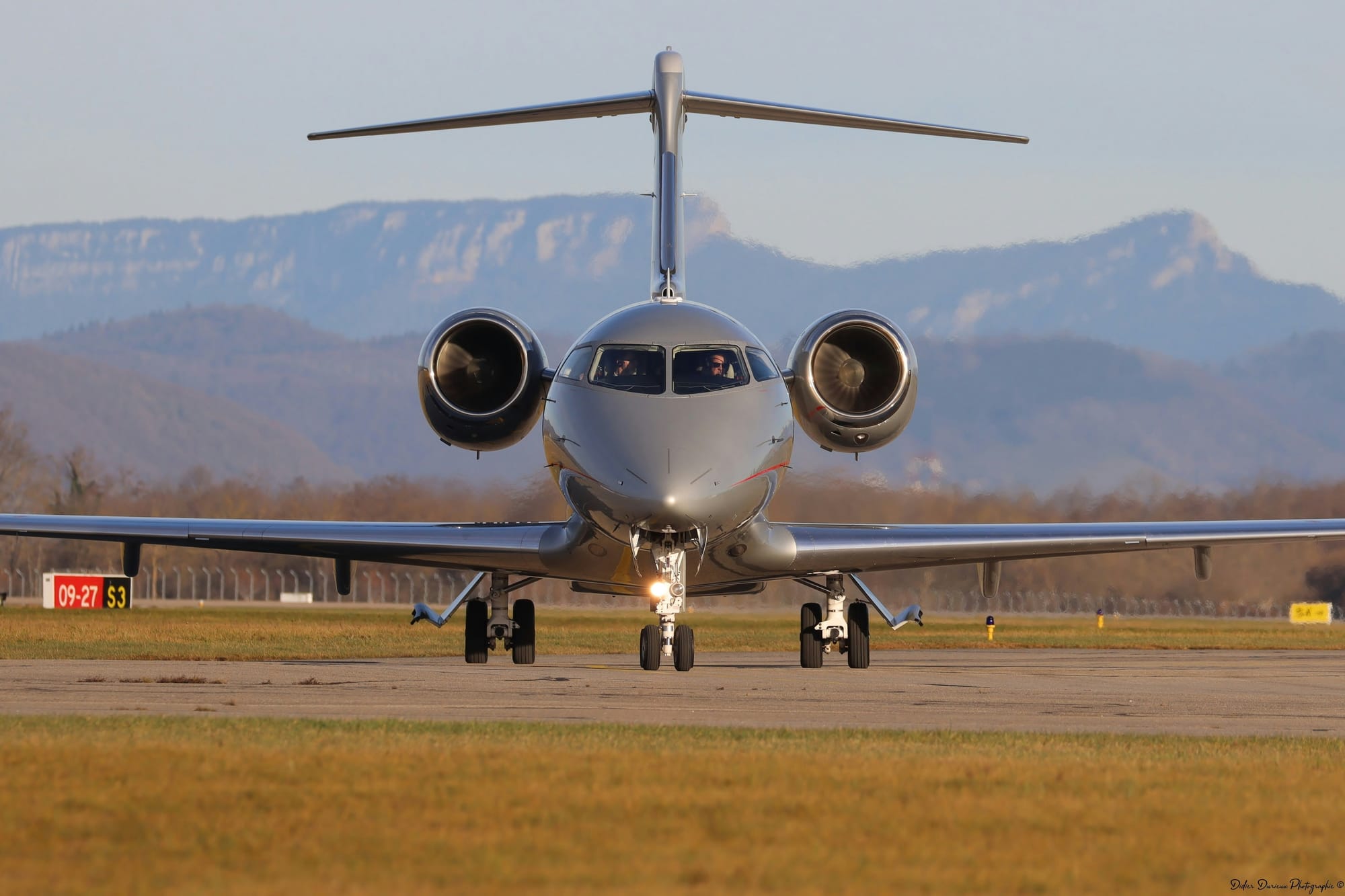
When people consider flying, they often think about commercial airlines — the packed cabins, the rigid schedules, and the standardized service. However, private flying presents an entirely different experience. Both private and commercial flying serve to get travelers from point A to point B, but the journey differs drastically. In this article, we’ll explore key differences between private and commercial flying, covering factors such as cost, convenience, comfort, security, and environmental impact.
Cost
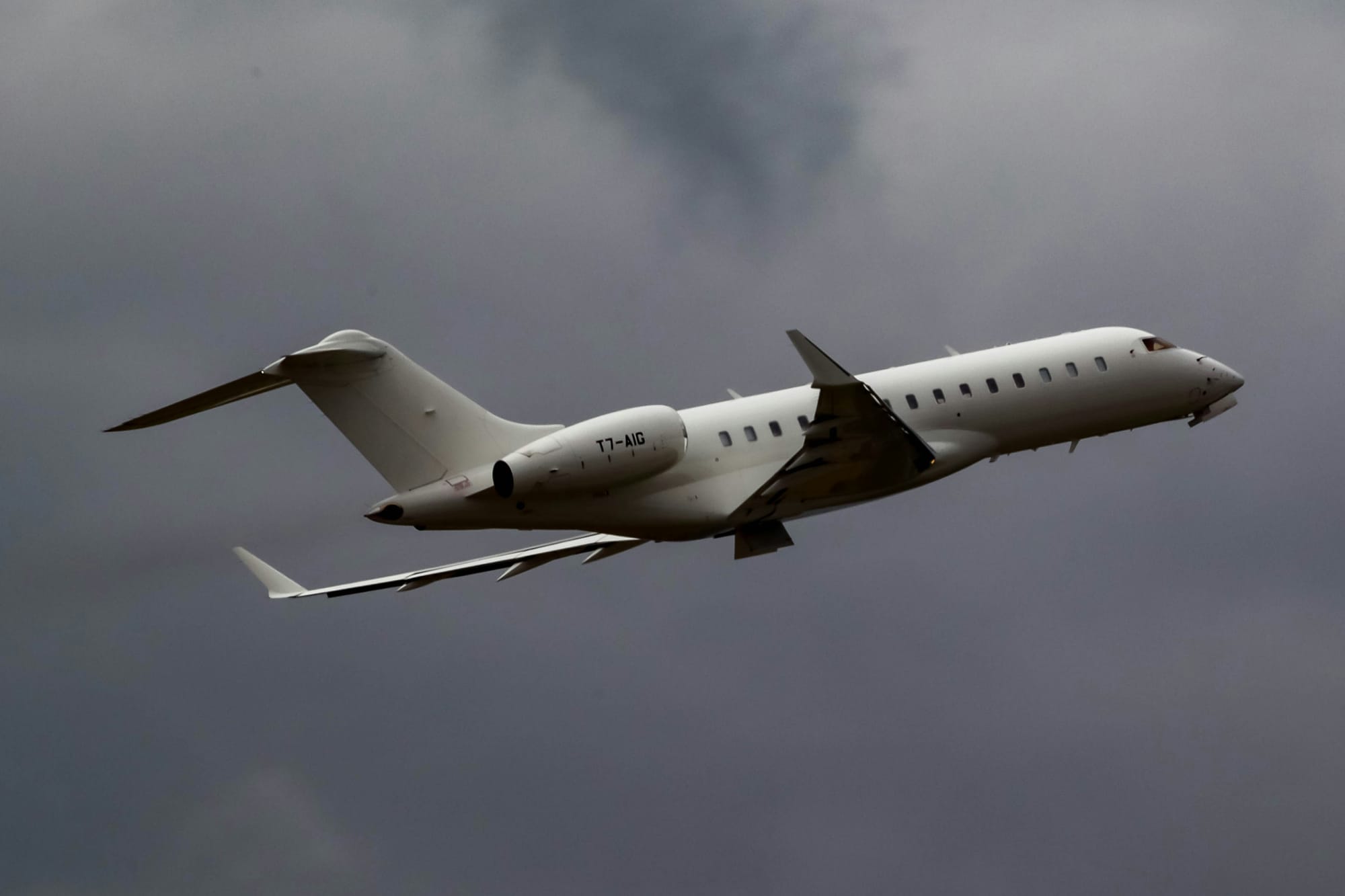
Commercial:
One of the most significant differences between commercial and private flying is the cost. Commercial flights are generally affordable due to the high number of passengers per flight, and most airlines offer tiered pricing options ranging from economy to first class. Flying commercially is typically the most cost-effective option for travelers, especially when flying internationally or over long distances.
Private:
Private aviation is undoubtedly more expensive. The cost varies significantly based on the type of aircraft, distance flown, and other factors like staffing and fuel. On-demand charter flights, fractional ownership, and even jet card programs offer ways to access private flying without buying an entire jet, but even these options come at a premium. For those who prioritize privacy, flexibility, and convenience, the cost can be justified, but private flights are often viewed as a luxury.
Convenience and Flexibility
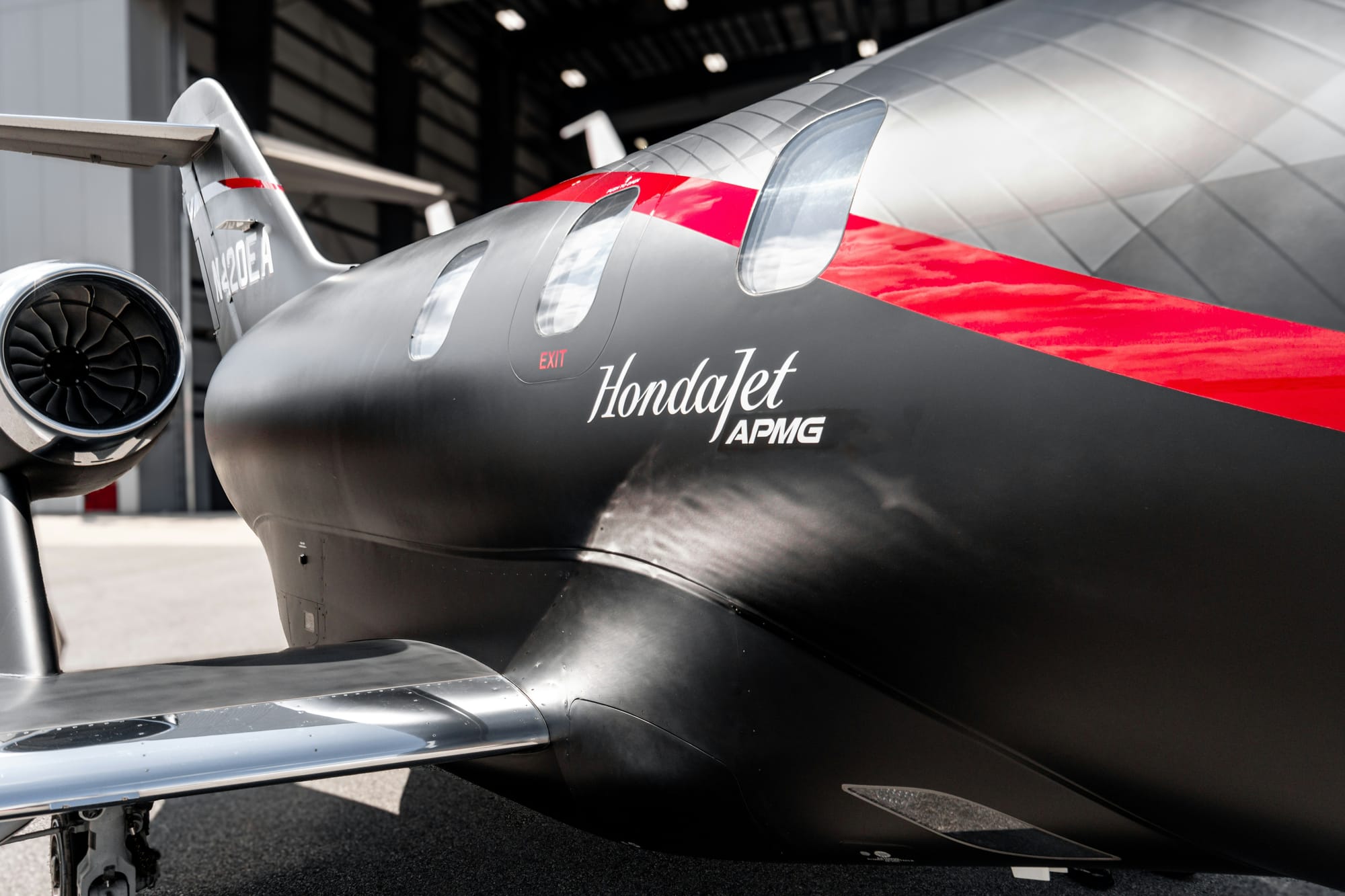
Commercial:
Commercial airlines operate on strict schedules, which means passengers must adhere to specific departure times. While major airlines offer frequent flights on popular routes, travelers may find themselves limited in options, especially when flying from regional airports. Furthermore, commercial flights require travelers to arrive well before departure to go through security, baggage check, and boarding procedures.
Private:
Private flying offers unrivaled flexibility. Passengers can set their own schedules, often arriving at the airport just minutes before takeoff. Private flights can depart from smaller airports and land closer to the passenger's final destination, which can significantly reduce overall travel time. Additionally, private charters have the freedom to change their schedules at a moment’s notice, which is invaluable for travelers who need flexibility.
Comfort and Service Quality
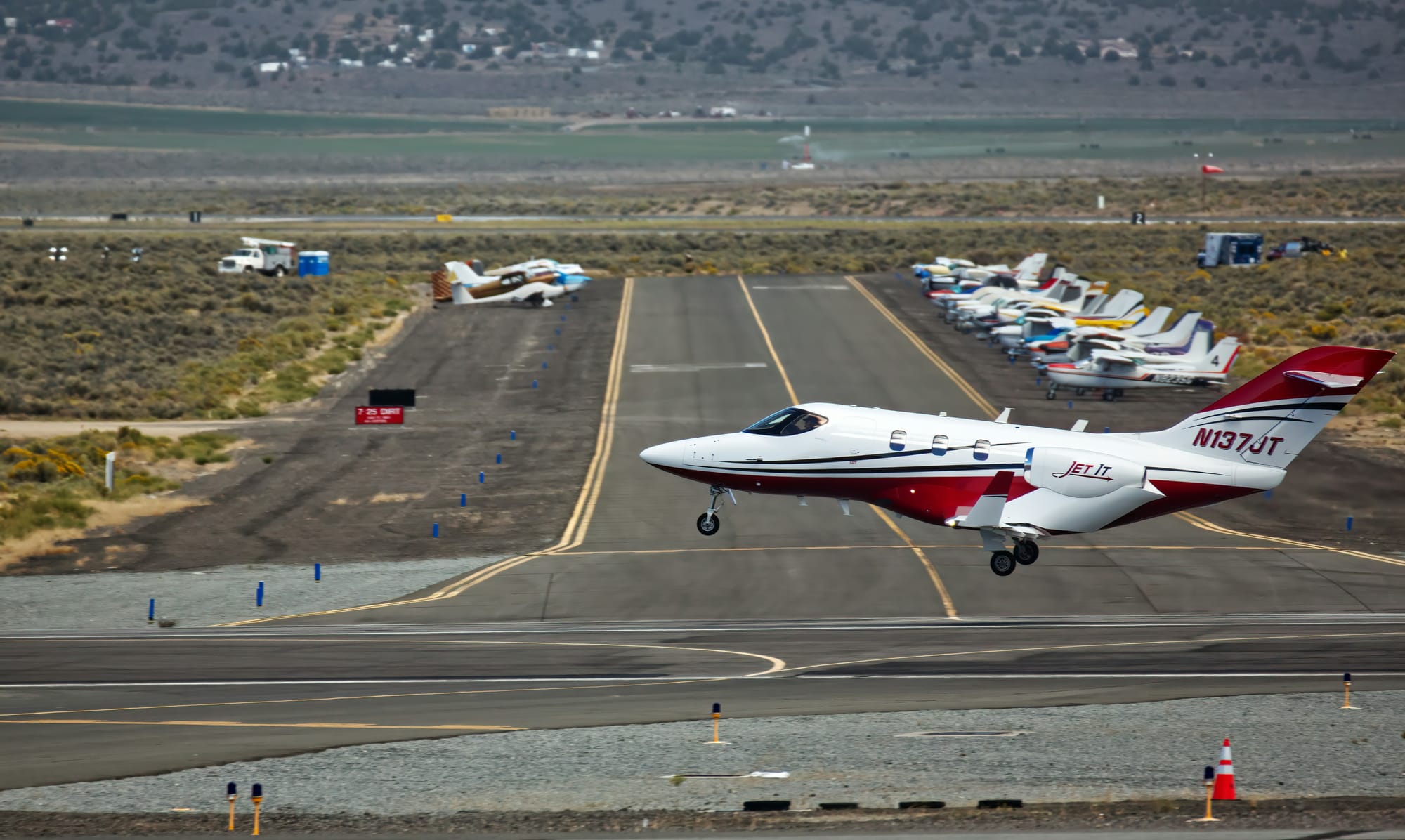
Commercial:
While commercial airlines offer business and first-class options with more spacious seating and enhanced services, the experience is still relatively standardized. Long-haul flights may include meals, drinks, and entertainment options, but the overall experience is subject to the airline’s policies. Economy and basic economy passengers generally have limited legroom and restricted amenities, especially on budget carriers.
Private:
Private aviation excels in terms of comfort and luxury. Travelers on private flights can expect customizable seating arrangements, spacious cabins, and personalized in-flight services. From gourmet catering to onboard Wi-Fi and dedicated cabin crew, private flights provide a level of comfort that far surpasses commercial options. Passengers can even bring their pets on board or request specific amenities, adding a truly personal touch to the experience.
Security and Privacy
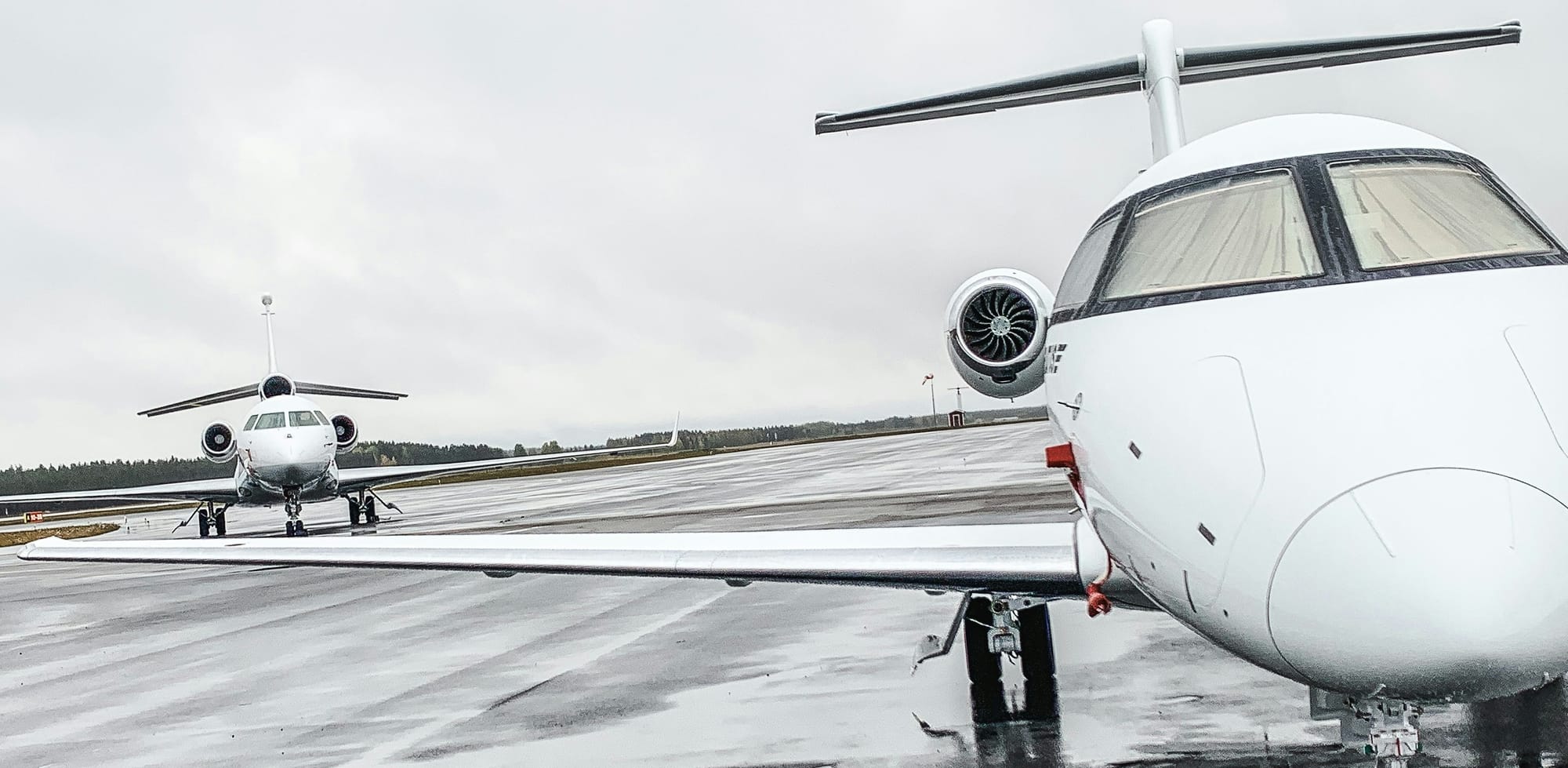
Commercial:
Flying commercially means going through standard airport security procedures, including TSA screenings and baggage checks, which can be time-consuming. Once on board, passengers share the cabin with dozens or even hundreds of other travelers, reducing any sense of personal privacy.
Private:
Security and privacy are paramount in private flying. Private passengers often have the option to bypass traditional TSA lines by using dedicated terminals (FBOs) for private aviation, where the security screening is typically quicker and less invasive. On the aircraft, passengers have complete privacy, whether traveling for business or leisure, allowing confidential conversations and a peaceful environment without interruptions from other travelers.
Environmental Impact
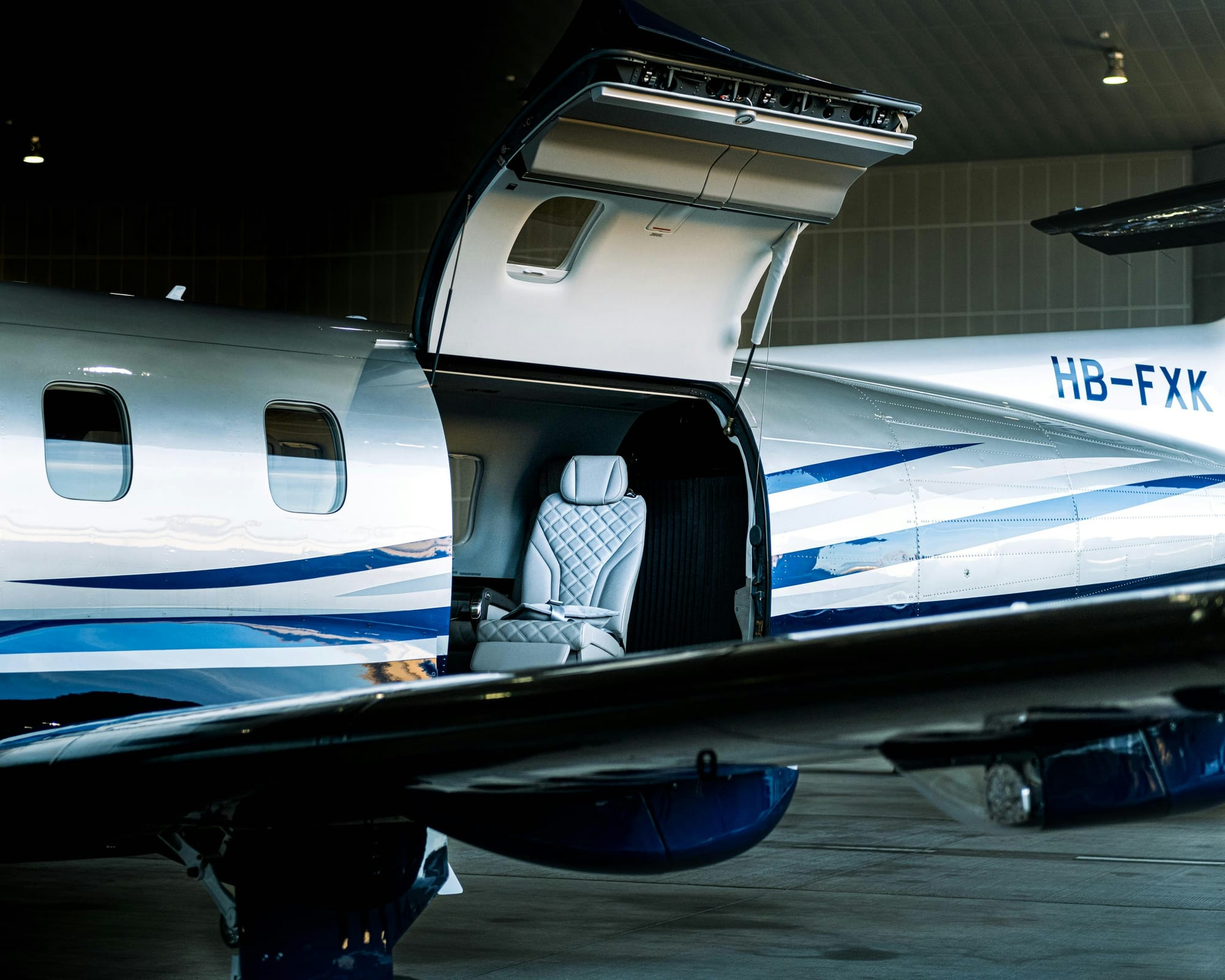
Commercial:
Commercial aviation is less environmentally efficient per passenger-mile than train or bus travel, but it benefits from carrying large numbers of passengers at once, distributing the environmental cost. Airlines are also investing in fuel efficiency and sustainable practices to reduce their carbon footprints.
Private:
Private jets, while offering greater convenience, are often less fuel-efficient due to lower passenger numbers and varied flight routes. Despite industry efforts to develop more eco-friendly aircraft and adopt sustainable aviation fuel, private flights generally have a larger carbon footprint per passenger than commercial flights. Many private aviation companies are now offering carbon offset programs to counteract this impact, though the environmental cost remains a point of consideration for eco-conscious travelers.
Final Thoughts
Choosing between private and commercial flying ultimately comes down to individual priorities. Commercial flights are widely accessible, affordable, and ideal for routine travel. For those who value convenience, exclusivity, and tailored service above all, private aviation offers an unparalleled experience. The difference is in the details: while commercial flights focus on transporting large numbers efficiently, private flying centers around creating a seamless, luxurious journey.





